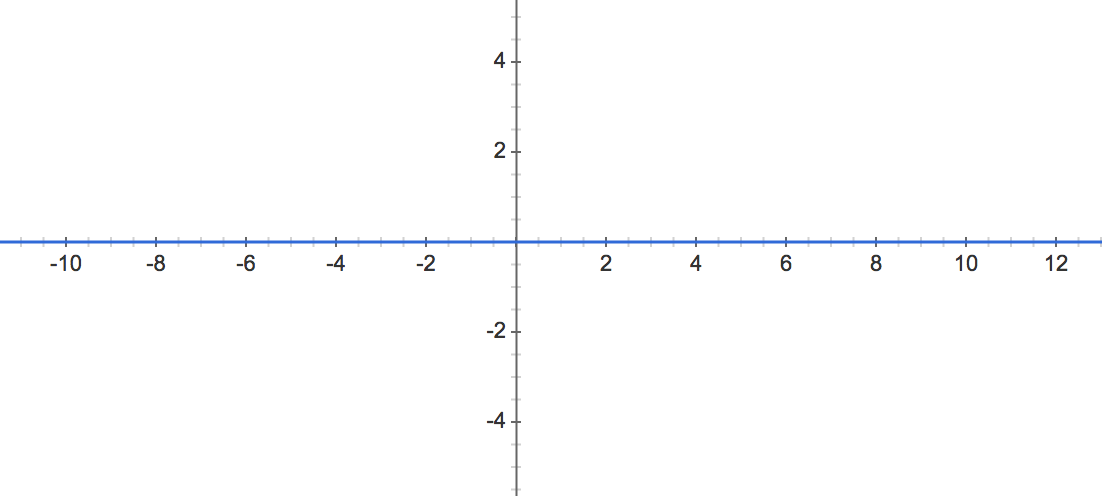Quadratic equation is a second order polynomial with 3 coefficients – a, b, c.
The quadratic equation is given by:
ax2 + bx + c = 0
The solution to the quadratic equation is given by 2 numbers x1 and x2.
We can change the quadratic equation to the form of:
(x – x1)(x – x2) = 0
Quadratic Formula
The solution to the quadratic equation is given by the quadratic formula:
The expression inside the square root is called discriminant and is denoted by Δ:
Δ = b2 – 4ac
The quadratic formula with discriminant notation:
This expression is important because it can tell us about the solution:
- When Δ>0, there are 2 real roots x1=(-b+√Δ)/(2a) and x2=(-b-√Δ)/(2a).
- When Δ=0, there is one root x1=x2=-b/(2a).
- When Δ<0, there are no real roots, there are 2 complex roots:
x1=(-b+i√-Δ)/(2a) and x2=(-b-i√-Δ)/(2a).
Problem #1
5x2+8x+3 = 0
solution:
a = 5, b = 8, c = 3
x1,2 = (-8 ± √(82 – 4×5×3)) / (2×5) = (-8 ± √(4)) / 10 = (-8 ± 2) / 10
x1 = (-8 + 2) / 10 = -6/10 = -0.6
x2 = (-8 – 2) / 10 = -1
Problem #2
4x2 – 7x + 1 = 0
solution:
a = 4, b = -7, c = 1
x1,2 = (7 ± √((-7)2 – 4×4×1)) / (2×4) = (7 ± √(49 – 16)) / 8 = (7 ± 5,74) / 8
x1 ≈ 1,59 ; x2 ≈ 0,157
Problem #3
x2 + 2x + 5 = 0
solution:
a = 1, b = 2, c = 5
x1,2 = (-2 ± √(22 – 4×1×5)) / (2×1) = (-2 ± √(4-20)) / 2 = (-2 ± √(-16)) / 2
There are no real solutions. The values are complex numbers:
x1 = -1 + 2i
x2 = -1 – 2i
Quadratic Function Graph
The quadratic function is a second order polynomial function:
f(x) = ax2 + bx + c
The solutions to the quadratic equation are the roots of the quadratic function, that are the intersection points of the quadratic function graph with the x-axis, when
f(x) = 0

When there are 2 intersection points of the graph with the x-axis, there are 2 solutions to the quadratic equation.
When there is 1 intersection point of the graph with the x-axis, there is 1 solution to the quadratic equation.
When there are no intersection points of the graph with the x-axis, we get not real solutions (or 2 complex solutions).
